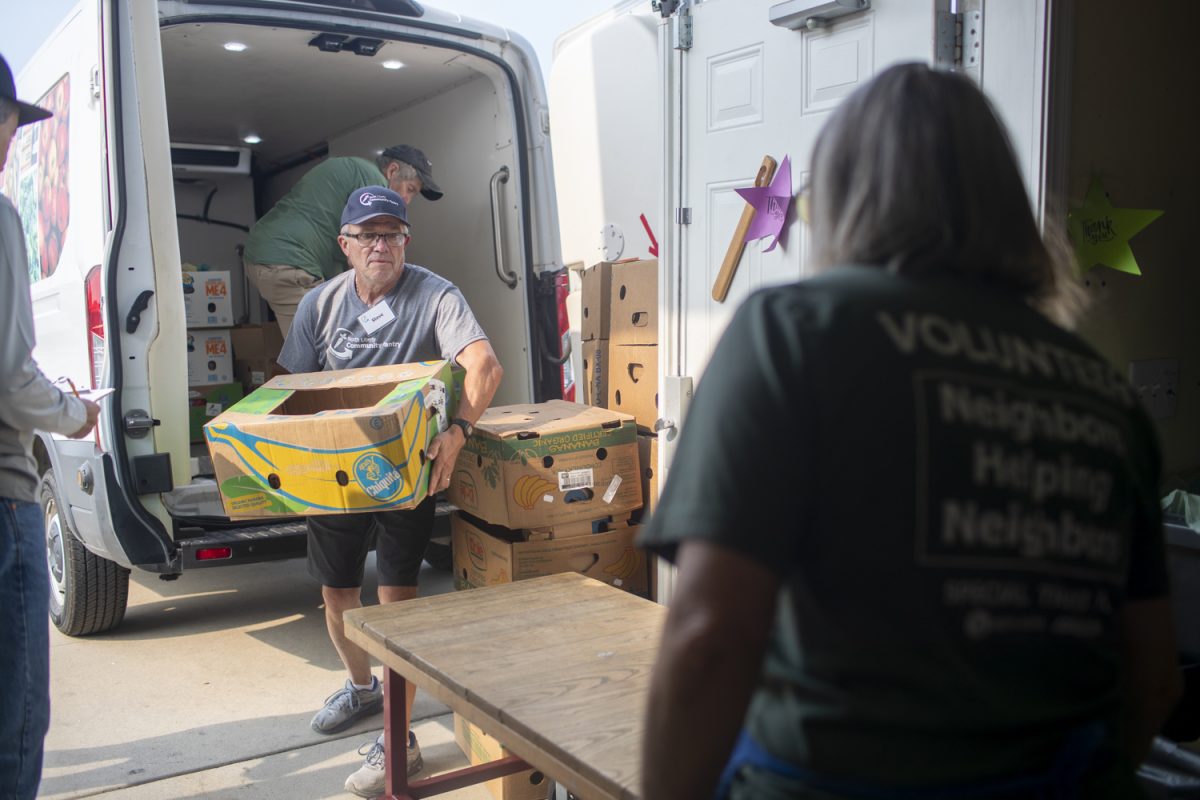Low-income students in Iowa public schools are less likely to enroll in low-cost breakfast programs compared with other students across the country.
According to the Food Resource and Action Center — a Washington, D.C., nonprofit — Iowa is ranked No. 48 out of 50 states and Washington in the number of students who receive free or reduced breakfast compared with the number of students who qualify for the program, as of the 2013-14 school year.
Students can qualify when their families have incomes at or below 130 percent of the federal poverty level, according to the study. In comparison, students from families with incomes between 130 and 185 percent of the poverty level can qualify for reduced-price meals.
“We’re aware of this ranking, but we think it does not reflect the amount of effort we’ve put in statewide to get more students eating breakfast, especially those who qualify for free or reduced meals,” said Staci Hupp Ballard, the chief of communications and information services for the Iowa Department of Education.
She said that last year, the state partnered with the Midwest Dairy Council in the Iowa School Breakfast Challenge. The program used cash prizes as an incentive to get students to partake in breakfast.
The goal of the Breakfast Challenge was to increase breakfast participation among students by 20 percent for each individual school.
Hupp Ballard told The Daily Iowan she did not know if the program would continue.
John Bacon, the principal of City High, believes his cafeteria service provides “outstanding” meals for its students.
“I think we have outstanding food service here,” he said. “It’s really one of the strengths of our school.”
Bacon said he has noticed an increase in the number of students eating breakfast at school over the last four years, when he became principal.
“Each year, we see an improvement in the quality of the food and meals served,” he said. “I think that would be the biggest reason for the rise.”
According to recent statistics from the Department of Education, out of Iowa City’s 12,778 K-12 students in the district, 4,396 are eligible for free or reduced priced meals.
A variety of factors can contribute to whether a student receives breakfast before school, said Ann Feilmann, the chief of nutrition and health services at the Education Department, including bus schedules, what time a parent drops a student off, or the student deciding not to eat breakfast.
Schools do not usually serve breakfast on days with a delayed start or half school days, Feilmann said.
“One of the biggest areas were targeting right now are high-school students,” she said. “We want to make them aware that their schools offer breakfast, because many high-school students might not know this.”
Feilmann said there are a lot of different options for schools when deciding how to offer breakfast.
“They can offer if before the bell rings, which is the most common way, though some schools are experimenting with having breakfast in the classroom first thing in the morning and offering a ‘grab and go’ breakfast option,” Feilmann said. “Some high schools have been experimenting with having breakfast between first and second periods. This gives the kids, and their appetites, time to wake up.”






